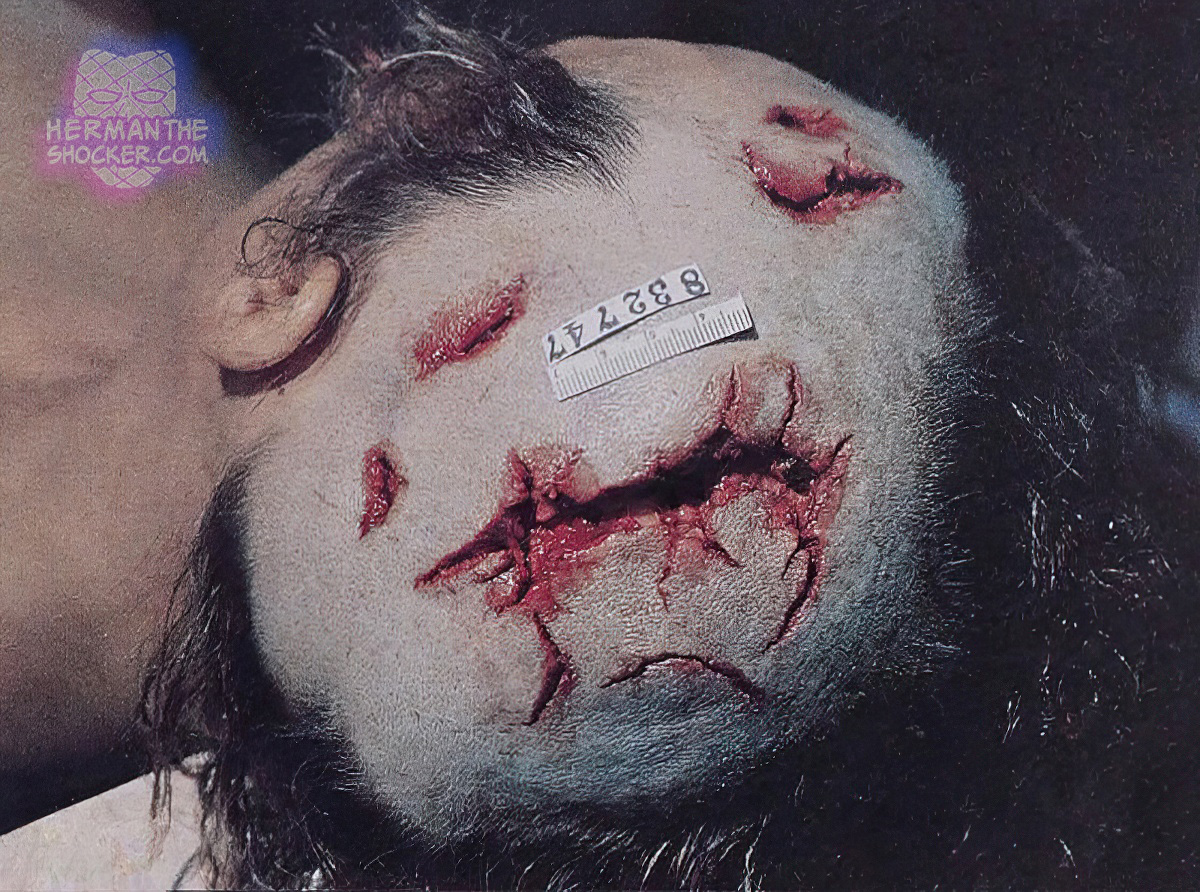Lacerations inflicted by a claw hammer. Multiple lacerations with split and abraded margins are typical for bludgeoning but are otherwise nonspecific. Claw hammers have the specific characteristic of having two distinct ends: one a flat head of variable form, the other bifurcated. So the use of this tool as a blunt instrument will cause varying injuries.
Latest posts

Decomposition, or putrefaction, is a combination of two processes: autolysis and bacterial action. Autolysis is the breakdown of…







